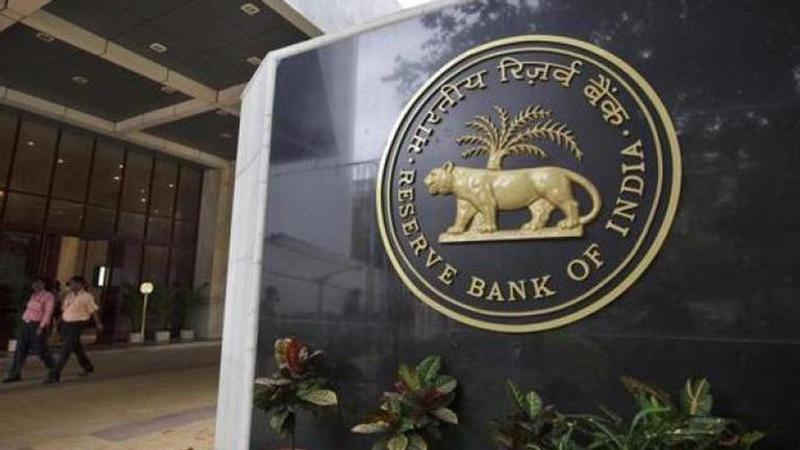Published 17:43 IST, August 6th 2020
Easy liquidity led to faster monetary transmission; banks pass on 1.62% rate cuts in 17 mths: RBI
The Reserve Bank on Thursday said monetary transmission has improved considerably due to comfortable liquidity conditions and banks have passed on the benefit to borrowers by reducing lending rates by about 1.62 per cent in the last nearly one-and-a-half years.

The Reserve Bank on Thursday said monetary transmission has improved considerably due to comfortable liquidity conditions and banks have passed on the benefit to borrowers by reducing lending rates by about 1.62 per cent in the last nearly one-and-a-half years.
Defending the easy liquidity stance, RBI Governor Shaktikanta Das said the private sector entities have benefitted out of the policy.
Das said the measures, which got adopted with deep rate cuts, have also ensured faster transmission of the policy rates into the actual lending by banks, in turn helping the economy. At present, the overall excess liquidity is at over Rs 5 lakh crore.
It may be noted that transmission of the rate cuts by the Monetary Policy Committee (MPC) would not have been possible to the extent achieved so far without creating comfortable liquidity conditions, the RBI Governor said.
The RBI since February 2019 has slashed benchmark lending rate by 250 basis points (bps). Of this, 115 bps cut has taken place this year.
"Monetary transmission has also improved considerably. The weighted average lending rate (WALR) on fresh rupee loans sanctioned by banks declined by 162 bps during February 2019-June 2020, of which 91 bps transmission was witnessed during March-June 2020," Das said.
Although non-food bank credit has slowed to 5.6 per cent (as on July 17), credit to non-banking financial companies (NBFCs) is growing at 25.7 per cent in June, loans to services at 10.7 per cent, and to housing at 12.5 per cent.
With regards liquidity infusion to the tune of 3.9 per cent of the GDP, the governor said that "the overriding objective was to prevent financial markets from freezing up; ensure normal functioning of financial intermediaries; ease the stress faced by households and businesses; and keep the life blood of finance flowing".
In the process, the easing of financial conditions has actually enhanced monetary transmission and, thereby, the effectiveness of the MPC's accommodative stance and actions, he said.
There has been a criticism that the excess liquidity framework helps lower the cost of borrowing for the government as the yields on bonds go down. Among others, former deputy governor Viral Acharya had recently advocated keeping the system in small liquidity deficit.
"What is more, the injections of liquidity, including through open market operations, special operations and forex interventions, are being fully sterilised by absorptions through the reverse repo, while preventing a seizure of money markets under extreme risk aversion and uncertainty," Das said.
Observing that comfortable liquidity condition has brought down the cost of raising capital, the governor said that lower borrowing costs have led to record primary issuance of corporate bonds of Rs 2.09 lakh crore in the first quarter of (April-June) 2020-21.
In particular, he said, market financing conditions for NBFCs, which had become challenging, have largely stabilised in the wake of targeted policy measures. For AA+ rated 3-year NBFC bonds, spreads over similar tenor G-secs have narrowed from 360 bps on March 26 to 139 bps on July 31, 2020.
He emphasised that abundant liquidity has supported other segments of financial markets too.
"In particular, mutual funds have stabilised since the Franklin Templeton episode. Assets under management of debt MFs, which fell to Rs 12.20 lakh crore as on April 29, 2020, recovered and improved to Rs 13.89 lakh crore as on July 31, 2020," he said.
(Photo Credit: PTI)
Updated 17:43 IST, August 6th 2020




